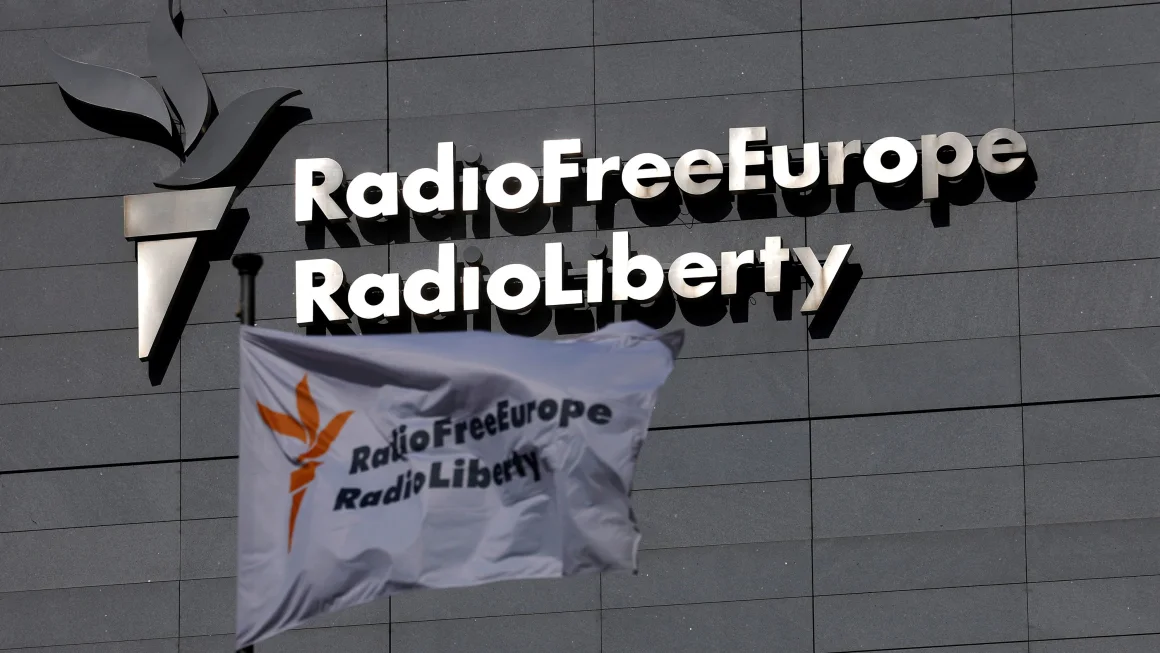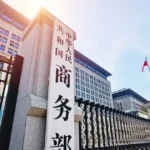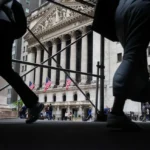During his first presidency, Donald Trump closely monitored the stock market, celebrating gains and adjusting policies to avoid market turmoil. However, his second term tells a different story.
Since his re-election, market confidence has declined, stocks have tumbled, and investors are increasingly uneasy about Trump’s economic policies. Unlike before, the administration appears unfazed by Wall Street’s reaction, signaling a shift in priorities.
A Market Without a Safety Net
Previously, investors believed in a “Trump Put”—the idea that if markets dropped significantly, Trump would intervene to prevent further losses. Now, that safety net is gone.
“Trump doesn’t seem concerned about market performance,” said Ed Yardeni, president of Yardeni Research. “His policies may actually be weakening the economy.”
Despite a rapid 10% market correction, the administration continues to push forward with tariff hikes, government spending cuts, and mass layoffs of federal workers.
Investor Confidence Wavers
The Federal Reserve recently lowered its 2025 growth forecast, citing inflation concerns and a weaker job market. Analysts fear that Trump’s aggressive economic policies—such as high tariffs, deregulation, and energy price controls—could further destabilize markets.
Keith Lerner, chief market strategist at Truist Advisory Services, noted the growing uncertainty: “This is an economic experiment, and we don’t know how it will unfold.”
While some argue that presidents shouldn’t shape policies solely to please investors, prolonged market downturns can have wider economic consequences, affecting consumer spending and corporate profits.
Administration Stands Firm
Treasury Secretary Scott Bessent dismissed concerns about market volatility, describing corrections as “healthy” and “normal.” The administration believes that long-term tax policy, deregulation, and energy security will ultimately stabilize the economy.
However, the current market response contrasts sharply with Trump’s first term. Back then, markets surged on tax cuts before trade wars in 2018 led to losses. Now, with no immediate tax relief in sight, investors worry about the impact of Trump’s tariff plans.
‘Liberation Day’ Adds to Uncertainty
A key concern is Trump’s so-called “Liberation Day” on April 2, when his administration is expected to implement reciprocal tariffs on U.S. trading partners. Markets remain uncertain about how these tariffs will be structured, adding to volatility.
“If tariffs keep inflation high, interest rates could stay elevated longer, which would hurt corporate profits,” Yardeni warned.
A Market Rebellion?
Some analysts believe investors may stage their own form of protest by aggressively selling off stocks to pressure Washington into changing course. Yardeni, who coined the term “bond vigilantes” in the 1990s, sees a similar movement emerging in the stock market.
“If policymakers ignore market warnings, investors may sell even more to force their attention,” he said.
With the S&P 500 on track for another losing month, the key question remains: At what point will Trump’s administration take market concerns seriously?














